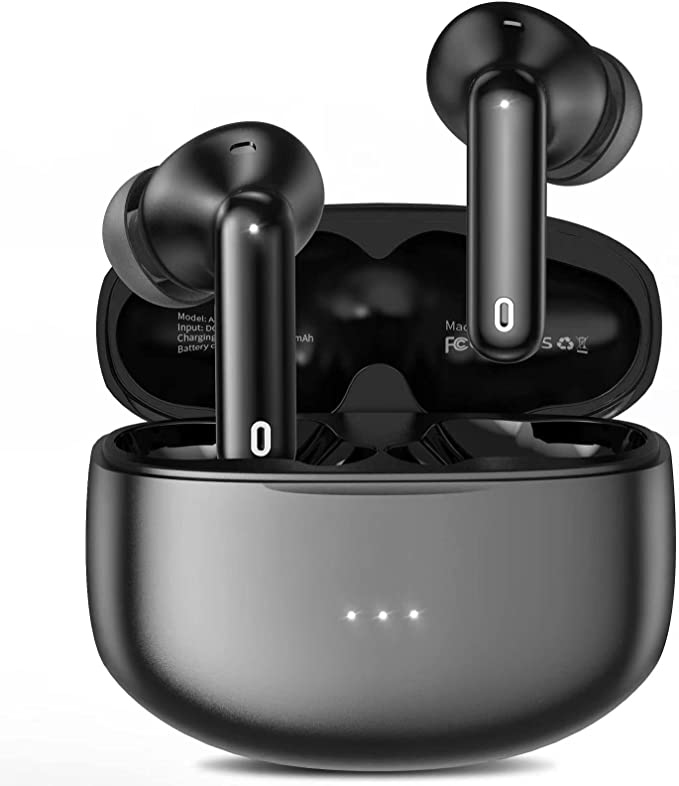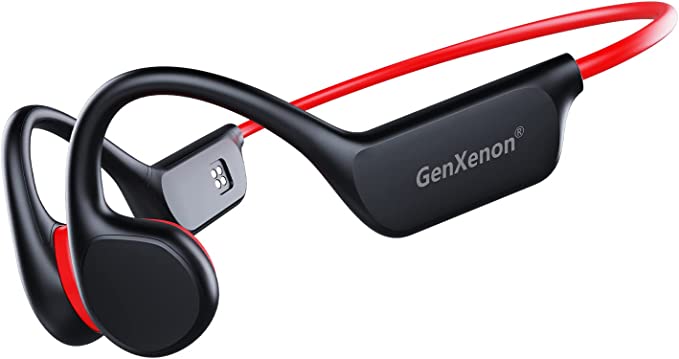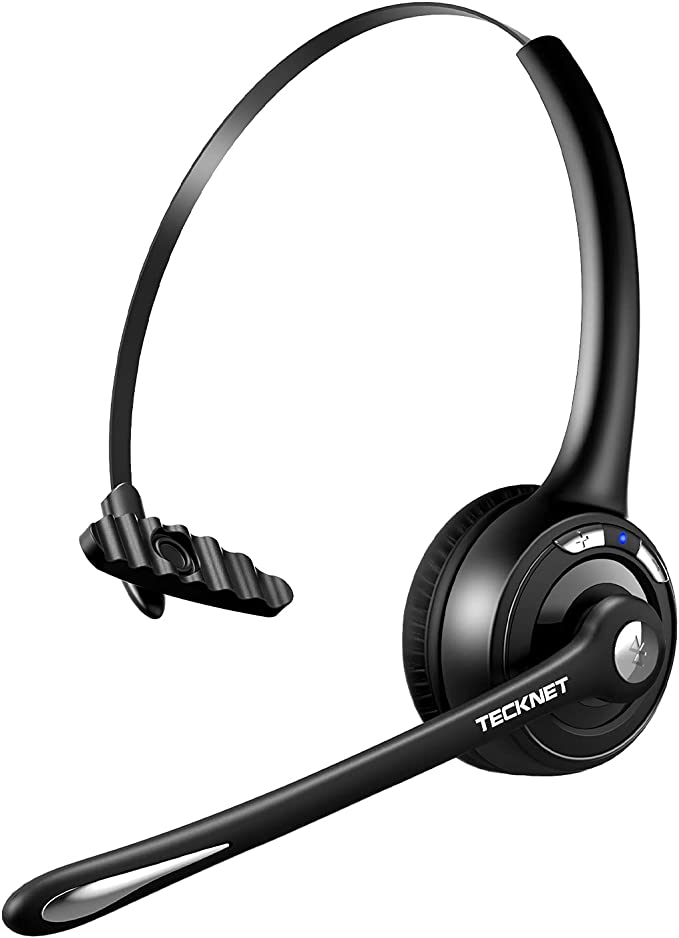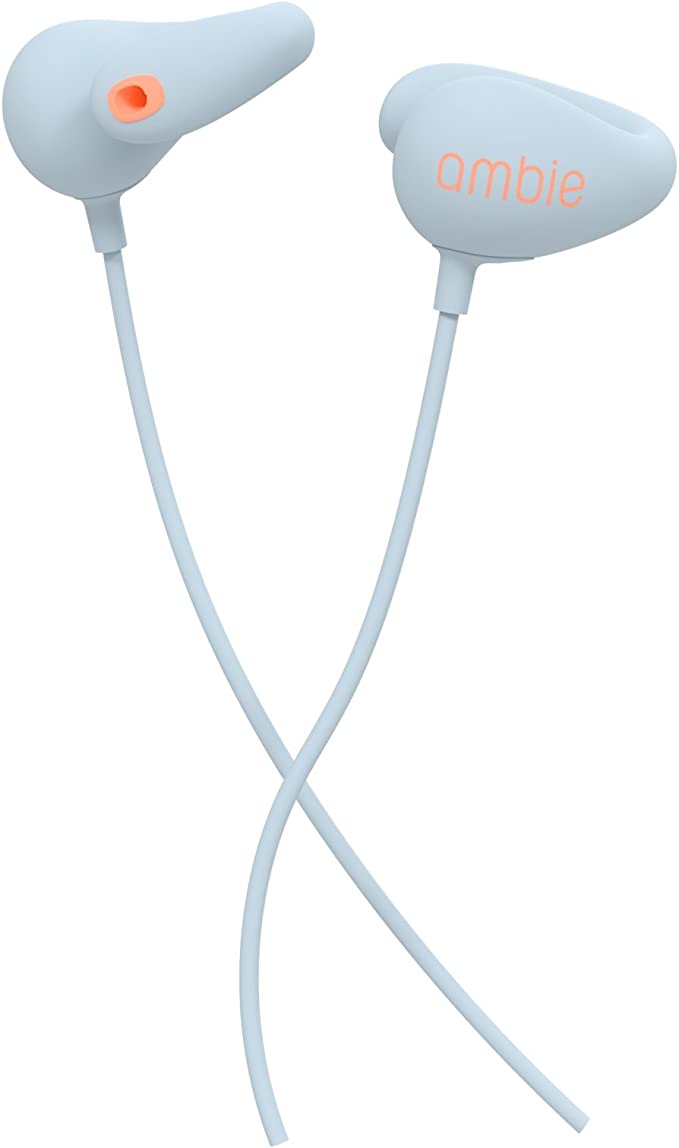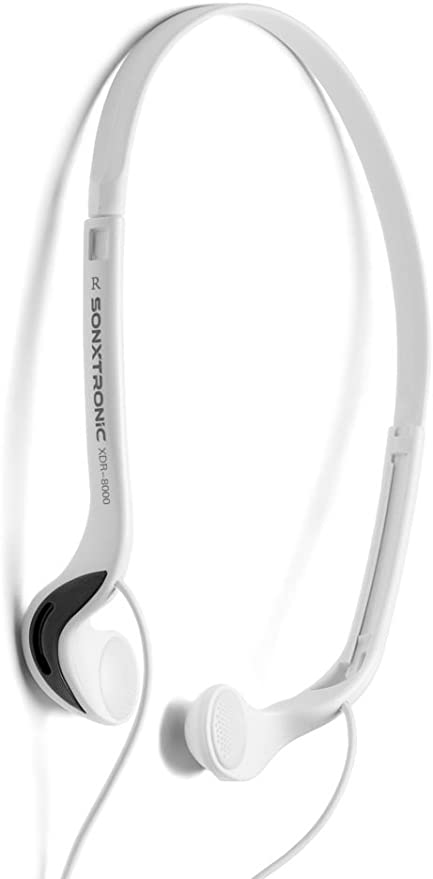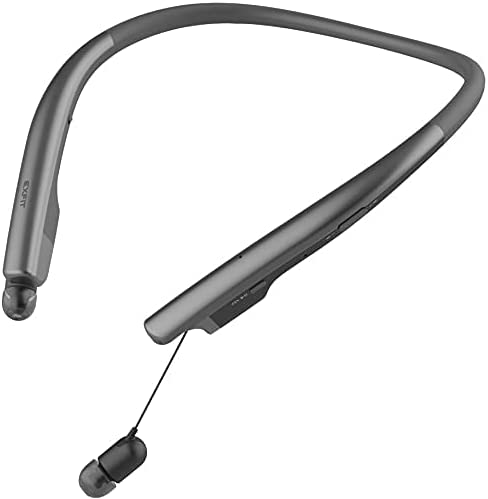The Unseen Aerodynamics: How Mower Blades Actually Cut, Mulch, and Bag Your Grass
Update on Oct. 21, 2025, 1:53 p.m.
Look at a lawn mower blade. At first glance, it appears to be a simple, sharpened bar of steel. Its job, you assume, is just to spin very fast and chop grass like a brutalist kitchen knife. This assumption, however, misses the profound and elegant science at play. A mower blade is not just a knife; it’s a wing. And the deck of your mower is not just a safety cover; it’s a carefully engineered aerodynamic chamber.
The quality of your lawn’s cut—whether clippings vanish, bag perfectly, or clump unattractively—has less to do with the sharpness of the blade and more to do with how that blade manipulates the air. To truly understand this, we need to shrink down and take a journey into this miniature, high-speed wind tunnel. We’ll use the versatile multi-blade system found in mowers like the EGO POWER+ Select Cut as our guide to explore the three distinct aerodynamic philosophies that define a perfect cut.

The Mower Deck: A Contained Tornado
Before we look at the blades, let’s appreciate their environment. The underside of your mower is a semi-enclosed dome. When you spin a blade at over 200 MPH at the tips inside this chamber, you’re not just cutting grass; you’re creating a powerful, contained vortex—a controlled tornado. The shape of the deck wall is designed to guide this airflow. The blade is the engine of this storm, and its specific shape determines the storm’s character.
The High-Lift Blade: The Art of Generating Suction
Now, let’s install our first “weather-maker”: the high-lift blade. You’ll notice it has a tall, bent “wing” or “sail” at the trailing edge. This isn’t for cutting. It’s an airfoil, and it operates on the same principle that allows a 300-ton airplane to fly.
It’s called Bernoulli’s principle. In simple terms, as air flows over the curved top surface of the airfoil, it has to travel a longer distance than the air passing underneath. This makes the air on top move faster, which creates a lower-pressure zone above the blade. The higher-pressure air below then pushes up, generating lift.
When this happens hundreds of times a second, the high-lift blade creates a powerful, sustained updraft. It literally turns the mower deck into a giant vacuum cleaner.
1. The Stand-Up: The intense suction pulls the blades of grass upward, making them stand tall and straight. This allows the cutting edge of the blade to slice them off cleanly at a uniform height.
2. The Ejection: This same updraft then powerfully launches the clippings through the discharge chute and into the bag. A good high-lift blade packs the bag tightly and leaves almost no clippings behind on the lawn. This is why it’s the undisputed champion for bagging and for cleaning up leaves in the fall.
The Mulching Blade: The Science of Sustained Chaos
But what if your goal isn’t to remove the clippings, but to make them vanish? This requires a completely different aerodynamic strategy. Enter the mulching blade, a master of controlled chaos.
A mulching blade looks more complex. It often has a curved, serpentine shape with multiple cutting edges and smaller, kicker-like surfaces. Its design philosophy is the opposite of the high-lift blade: * Goal: Not to lift and eject, but to lift, suspend, and pulverize.
Here’s how it engineers this chaos:
1. Initial Cut & Lift: Like the high-lift blade, it creates an initial updraft to pull the grass up for a clean cut.
2. The Suspension Chamber: Instead of immediately ejecting the clipping, the blade’s unique shape creates a turbulent, high-pressure zone at the edge of the deck. It acts like an air curtain, preventing the clippings from escaping.
3. The Re-Cut: The trapped clippings are repeatedly slammed against the deck’s inner wall and drawn back into the path of the blade’s multiple cutting edges. They are chopped again and again, getting smaller with each impact.
A great mulching blade can keep a grass clipping suspended in this vortex, re-cutting it a dozen times in a fraction of a second until it’s a tiny, almost unnoticeable particle that falls deep into the turf to decompose and act as natural fertilizer.

The Dual-Blade System: A Mid-Air Interception
Some advanced systems, like EGO’s, take this a step further by using two blades. This isn’t just for more cutting edges; it’s a strategic aerodynamic choice. The top blade can be optimized to create the initial powerful lift, while the lower, interchangeable blade is a specialist—a high-lift “ejector” or a multi-level “pulverizer.” This tag-team approach allows for even finer mulching, as clippings have to survive two layers of spinning fury before they can escape.
Conclusion: Choose Your Airflow, Master Your Lawn
A lawn mower blade is a beautiful piece of applied physics. It’s a testament to how shaping a simple object can fundamentally change its interaction with the world around it.
The next time you choose a blade for your mower, you’re not just picking a piece of metal. You are making an aerodynamic choice. Do you need the powerful, orderly vacuum of a high-lift wing for a pristine, bag-finished lawn? Or do you need the sustained, chaotic vortex of a mulching blade to feed your turf? By understanding the unseen forces at play, you move from being a simple operator to the true master of your lawn’s health and appearance.









